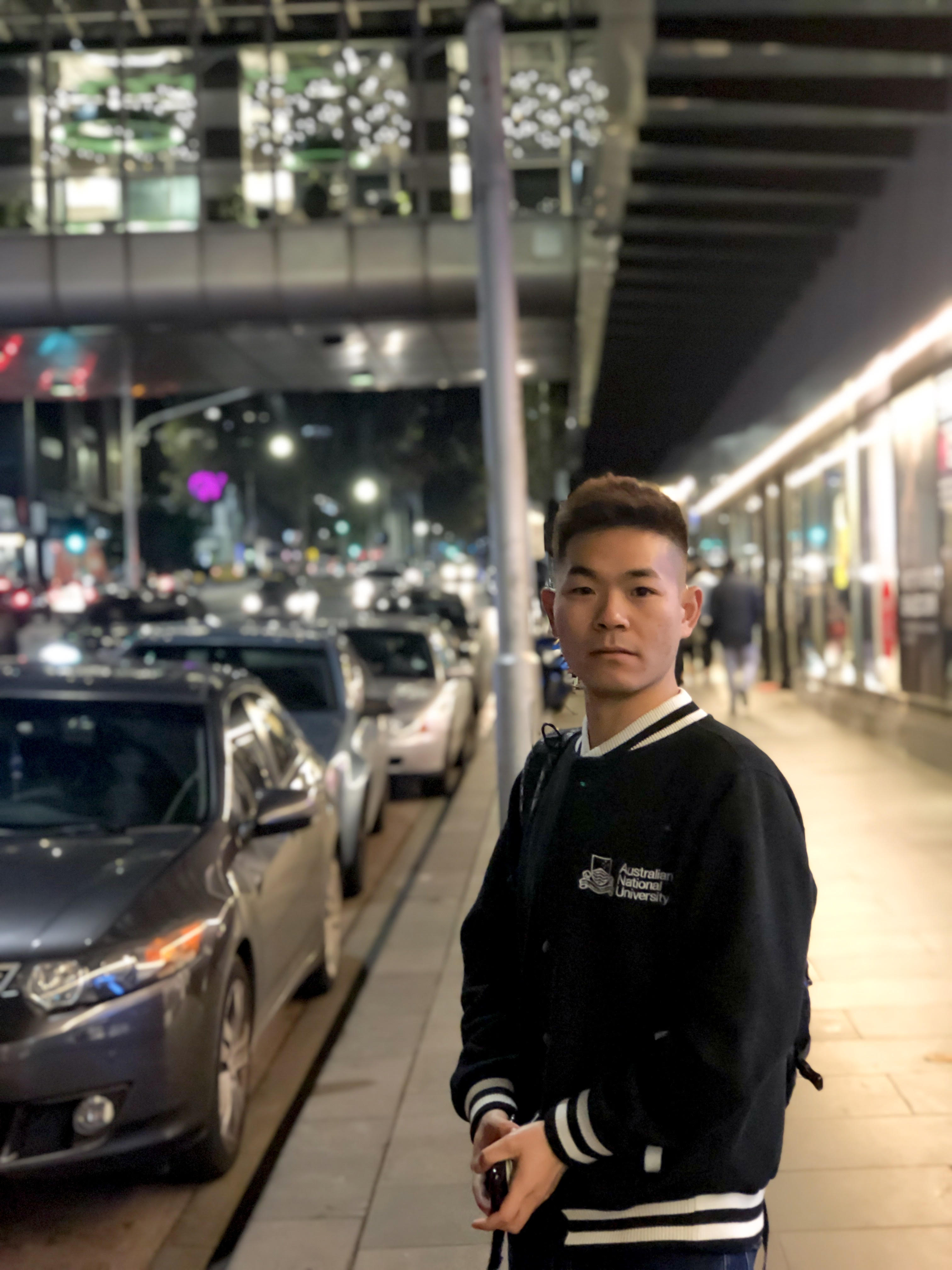Empathy, Benevolence, and Uncovering Universal Truth | China / Australia
Multi-dimensional artist Xingweiai Fang discusses his values and inspirations, along with the development of his artistic practice growing up in China and pursuing a MFA at the Australian National University in Canberra, Australia.
Xingweiai grew up in the city of Changchun in Northeast China. His work was selected for Emergent Art Space’s Calling Across the Distance online exhibition and awarded a special mention prize.
Xingweiai believes in science, literature, music, and philosophy fertilizing the arts. Reflection is to see the world, and to see oneself, during which art emerges. He advises young artists to “stick to your principles, but reserve your benevolence for this world, as well as for yourself. It is the relentless trying that conquers the edge of art.”
When did you realize you wanted to be an artist?
At a very young age, I found I was addicted to drawing randomly on paper using pencils or crayons, instead of chattering, like how other children might act at the same age. Fortunately, my parents and teachers in the kindergarten encouraged me to paint. They delivered me with their faith and gave me the confidence in this [making art].
How did you learn and hone your skills?
I joined a half-year professional training course in senior high school. At that time I was determined to pass the examinations so that I could be admitted to an art college, but I was still too immature to devise a clear plan for my future.
During high school I learned basic drawing techniques, but my major in college was glass art under the title of craft art. I seldom did paintings during my time in college, not even landscape painting or figure painting.
It was not until my postgraduate years that I considered restarting drawing and reading pieces of literature about aesthetics. Of course, once I decided to become a researcher, the rest of my destiny became dominantly driven by art.
What challenges did you encounter and how did you overcome them?
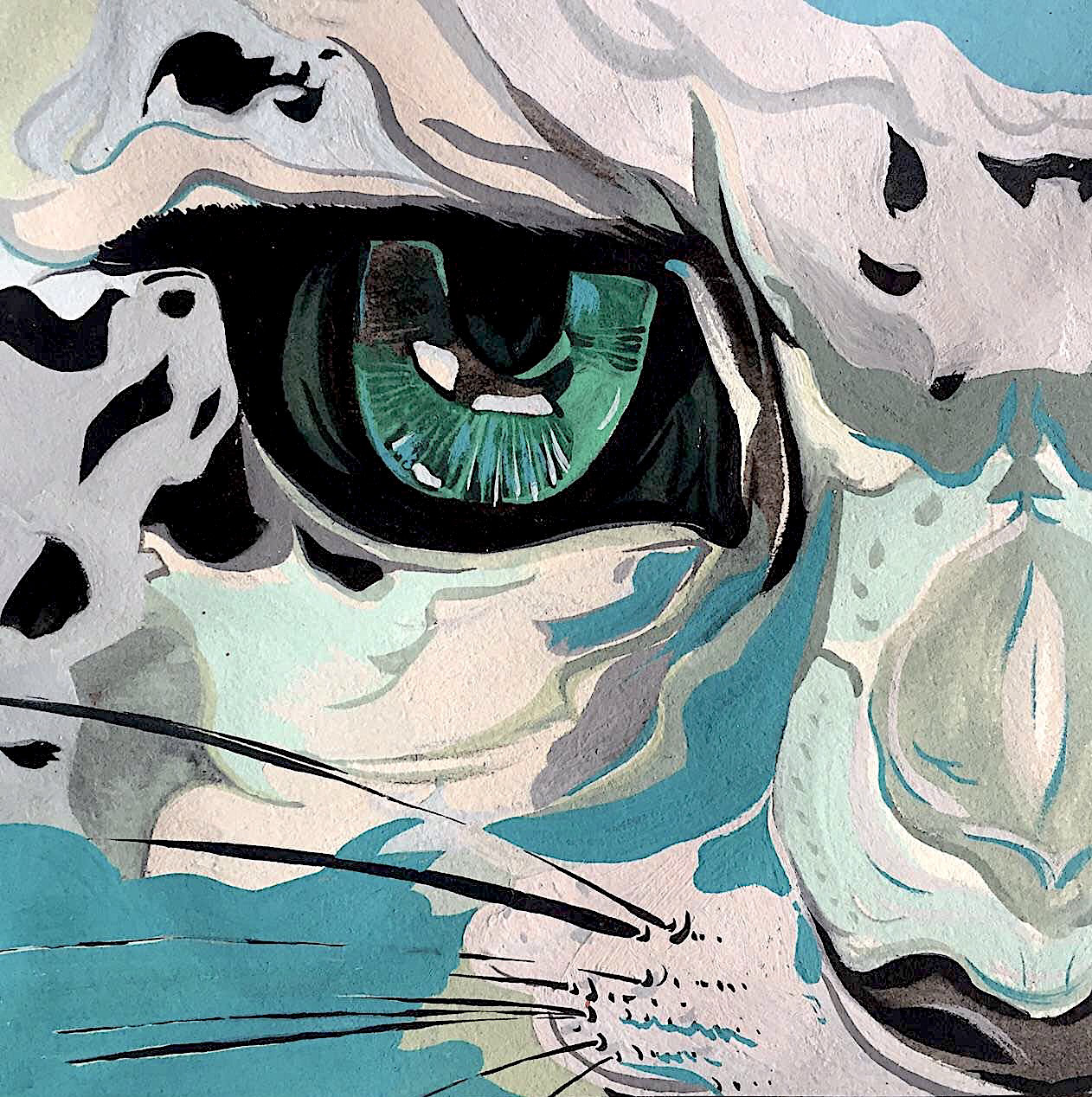
The value (or the conclusion) I intended to convey, the medium I applied and the technique I owned--these three factors mutually influenced me. In other words, the barrier emerged no sooner than these three points failed in negotiation. My imagination and knowledge reserve did not match the level of techniques I owned. Sometimes one developed further than the other.
I turn to science, works of literature and music once an invisible wall stands right in front of me, when processing an artwork. I believe that the absolute power of the abstract, of refinement, only exists in words and songs. That kind of power is, in its own right, in these two fields, whereas it is not yet in visual art.
What are you working on now?
Currently, I am dealing with three projects. The first one is a design inquiry project under the schema of my postgraduate work at the Australian National University. The second project is a series of acrylic paintings depicting my inner world, reflecting the pandemic. I will submit these paintings as a candidate to an upcoming art prize and exhibition in Luxembourg. The last one is a collaborative art project, which turns its lens on the Australian drought and water shortage issue. I am working on it with two students based in Australia.
What direction would you like to expand your work into next?
I want to break conventions--both in terms of media and the topics behind my works. In terms of the medium, I will expand on my way of painting, compared to what I have practiced before. For example, I may combine the watercolor and sands, cosmetics or any other type of powders to achieve different looks. I will also step into mixed-media sculptures and large-scale installations.
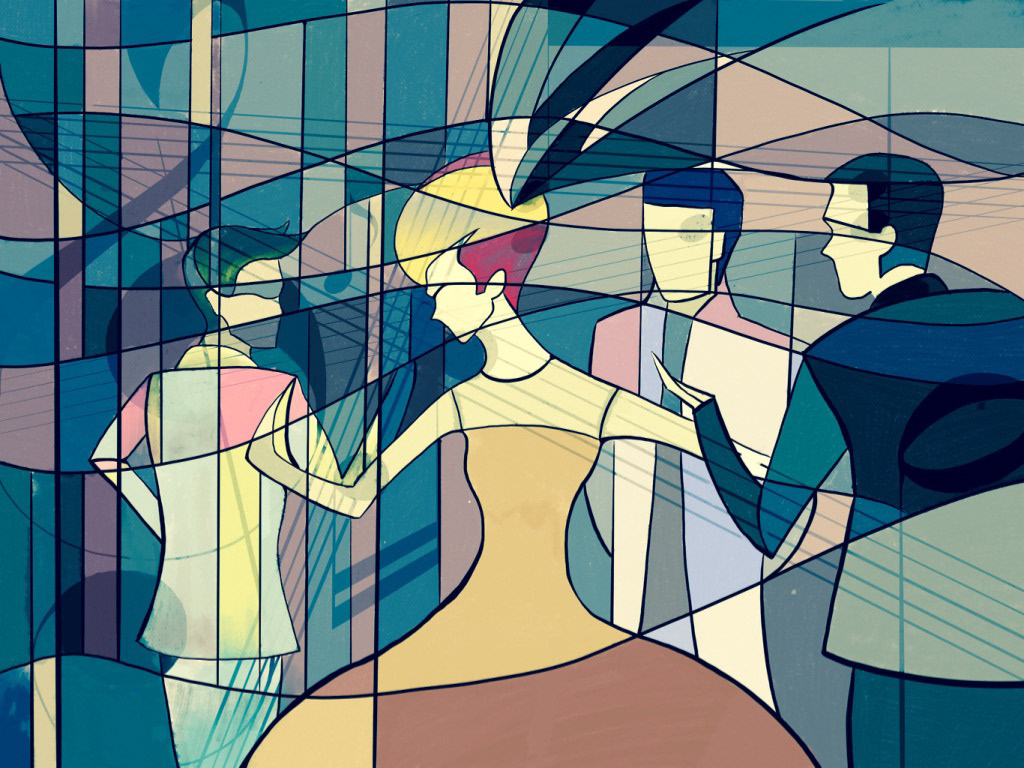
It would be too complicated to crystallize the discourse that I tend to focus on in the coming stage. But I can come up with some clues. For a long time, there was a considerable lack of contemplation in my works about the relationships between the individual, the society, and the collective’s weltanschauung beneath the ongoing dramatic events of these years. Once I step into another stage of my career, I will be obligated to import these issues into my works. However, this is not to erase my thoughts. On the contrary, I wish what I depict, what I “engage with”, could dialectically mirror the issues I mentioned above, and also generate telepathy among the audience and myself through the works.
Your art expresses an awareness that we are living in a global, interconnected world. How have your travels impacted your work as an artist?
Travels are always worth the time they take. Every time I tour around a new land, I feel that I become a pilgrim. So far, I have left footprints in West Europe, East Asia, and Australia. I accomplished my bachelors degree in Beijing and stayed for a whole year studying art and design in Canberra. It was travel, a stretch of time living in a foreign country, that opened my sight and let me confront another type of civilization. It is another “world” in the aspect of physical and psychic [realms].
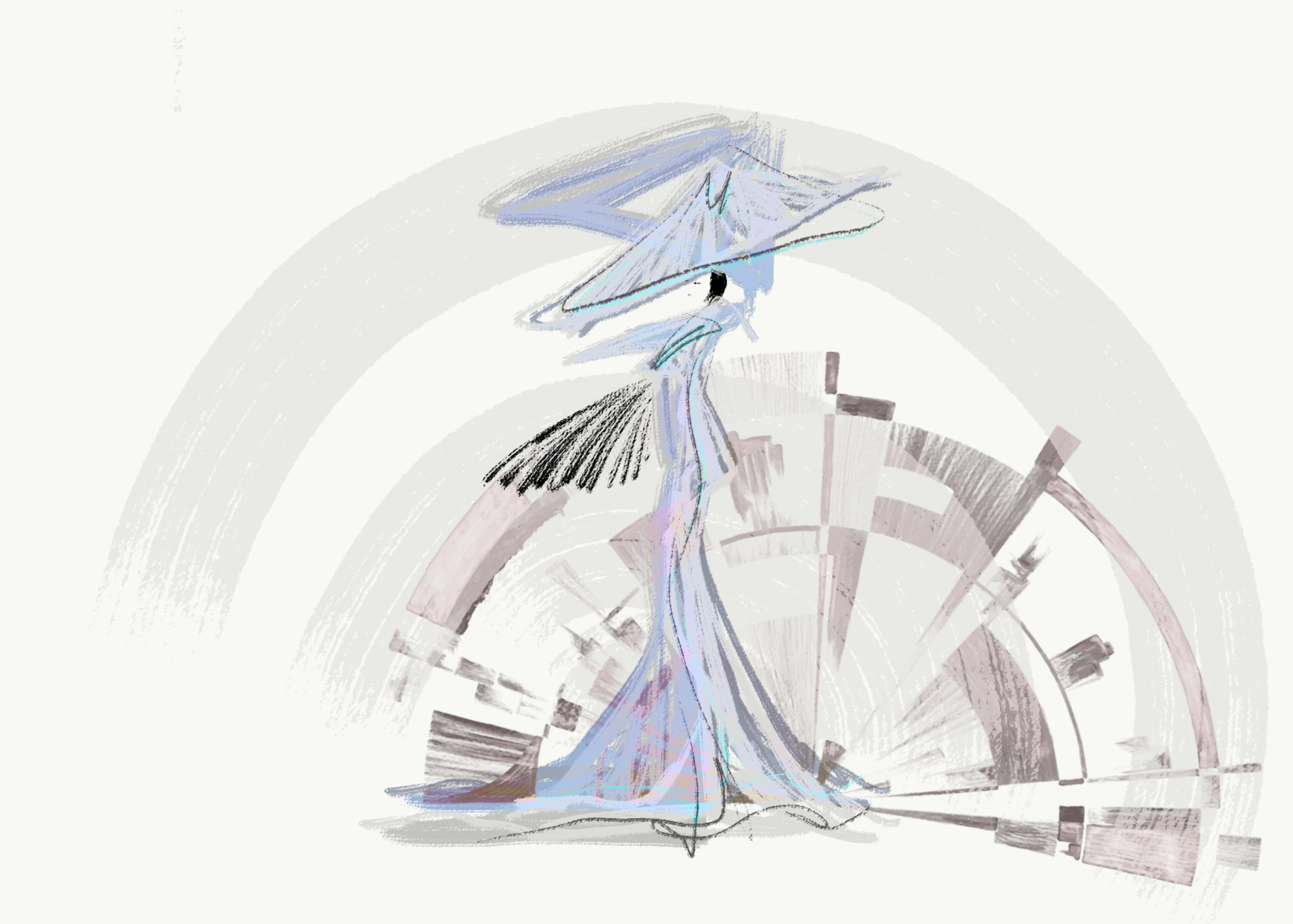
In my opinion, an artist who loves contemplating may strive to uncover empathy among different races, backgrounds and values of people. Such empathy is the underlying “universal truth” or that “absolute mind” beneath the mask of artworks. So speaking in a narrow mind, travels could fill me with knowledge, but I would instead regard the journey as a baptism of my career and sense of worth.
Your art is so varied! Speed skating designs, art nouveau, Asian culture / architecture / art influences. Where do you draw your inspiration from?
Most of my inspirations derive from travels and from books. Speaking of details, the female character in my work ‘The Belle of Orient’ mostly reflects the elegant silhouette of folk women living in the southwest part of China. Also standing in the square of Changchun, my hometown, is a male figure sculpture. The reason I intertwine a Chinese sculpture with art nouveau is that a lot of buildings in Changchun remain this way. These buildings were built during WWII, and I think this look surpasses the testimony of time. In 2017, when I travelled to Brussels, an architectural style called ‘The Old English’ reminded me of the buildings in my hometown. Suddenly, I felt a connection, so I applied the style to my work.
Sometimes I browse the websites where excellent design projects are published. These works also fertilize my projects in terms of the applied techniques and the layout of graphic design.
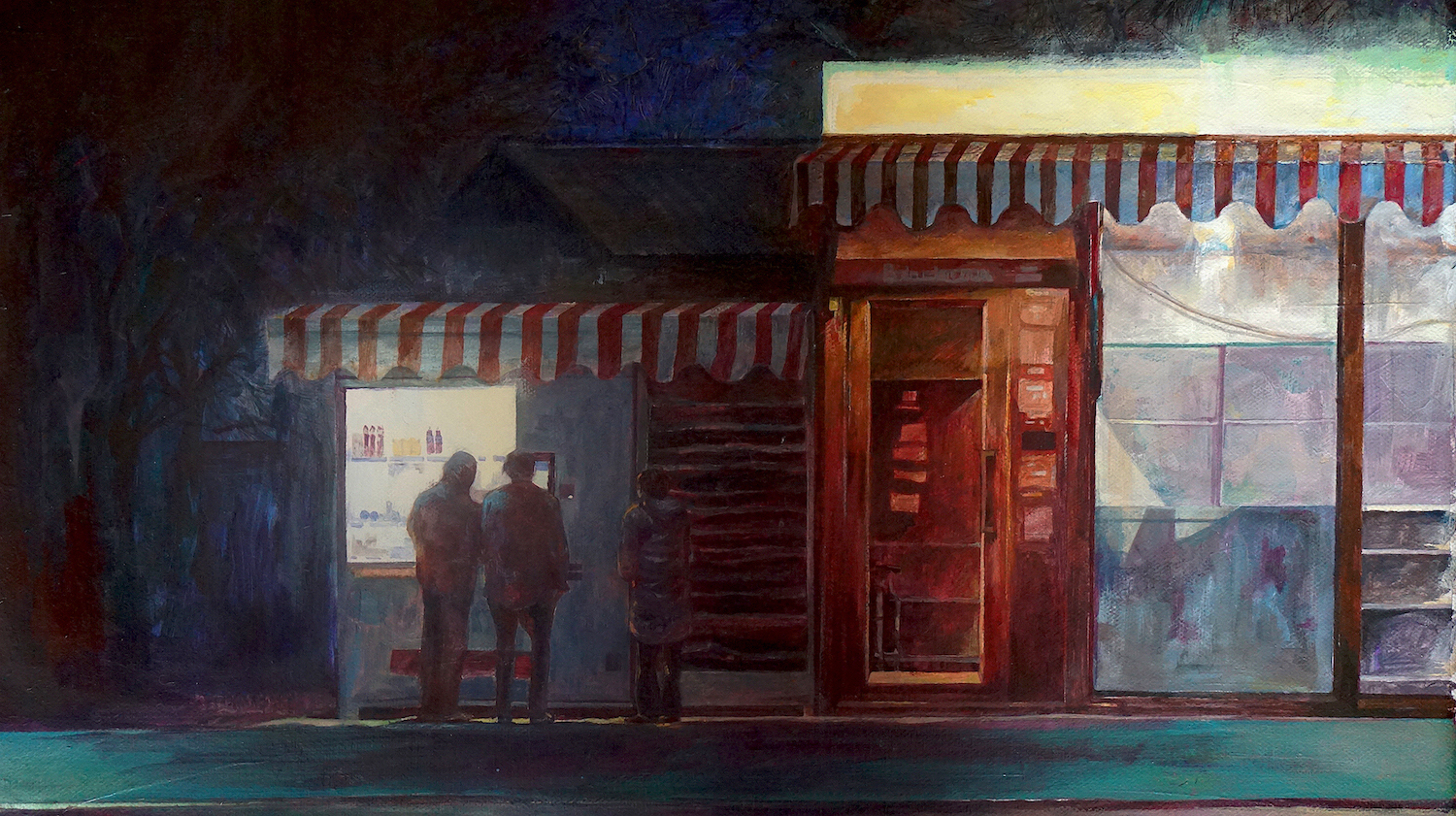
How would you describe your artistic style and goals?
I neither want to classify my style, nor set a clear goal for my career. Currently, we all live in an unstable situation, always having to cope with fluctuation. So I swing among different styles in my work. However, if one goal does exist, I can say that no matter what kind of style I apply, the emotions are genuine, the resonations are genuine, and the objects and the reflections received from the audience are genuine.
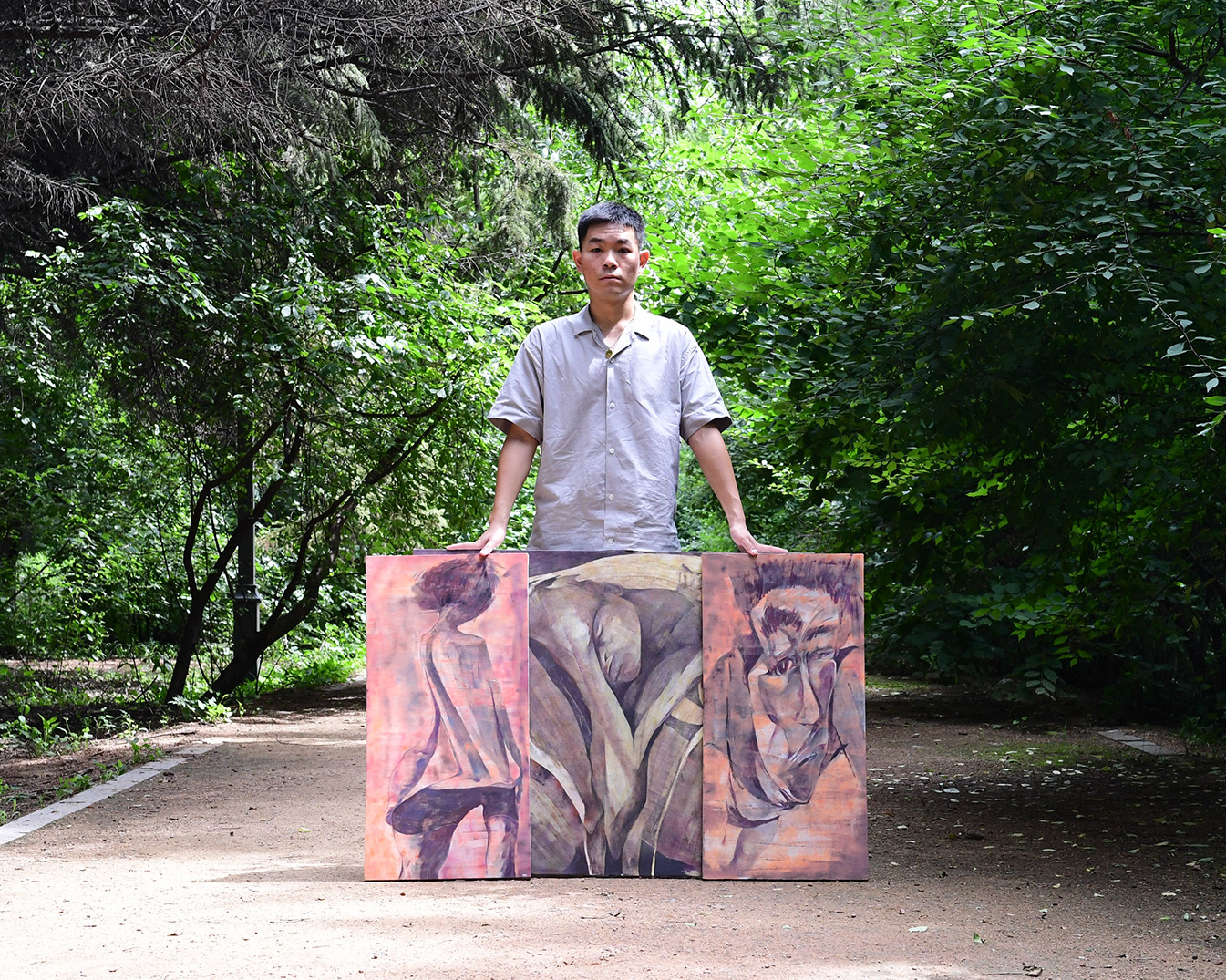
ARTIST BIO
Xingweiai Fang is a graduate student studying design and visual art at the Australian National University. He focuses on experimentation with multi-media, installation art, digital painting, and the marriage of art and commerce. His artwork is inspired by modern art movements and observations of daily life. Currently, he is engaging artistic expression generated by the power of participants' collaboration.
You can find more of his work here.
